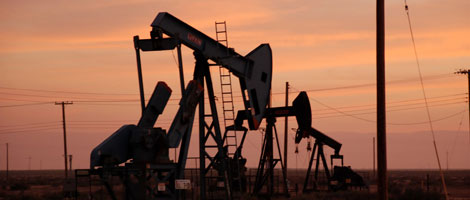The goal was to cut production enough to reduce global oil inventories to their five-year average. The hope of the coalition of OPEC and Russia that reduction in production would get oil prices up to $60 a barrel. Now with that inventory reduction just about in place and with oil at $60 a barrel, the Saudis are pushing for further production cuts and a target price of $70 a barrel.
Saudi Energy Minister Khalid Al-Falih told reporters last week in Riyadh that OPEC and Russia should keep reducing production for a whole year even if that creates a small supply shortage. “If we have to overbalance the market a little bit, then so be it,” he said.
Behind the Saudis’ new desire for $70 a barrel is the need to finance Crown Prince Mohammed Bin Salman’s program of economic reforms that include a partial IPO of national oil company Saudi Aramco and a package of domestic reforms designed to transform the Saudi economy. That job gets a lot easier if oil sells for $70 a barrel.
The problem, of course, is that Saudi Arabia is no longer the global swing producer. And that on current trends U.S. oil shale production will surpass production from both Saudi Arabia and Russia in 2018. That flood of oil from U.S. producers could undercut OPEC efforts to reduce global oil production and higher supplies could send prices lower again.
The Saudis face opposition inside OPEC to their efforts to further reduce production as countries like Nigeria say, Enough is enough, and look to pump more oil.
The big winners from any success that Saudi Arabia has in getting OPEC and Russia to extend production cuts are likely to be those U.S. producers who are able to expand production at the lowest cost. At that moment that’s a description of companies such as Pioneer Natural Resources (PXD), Diamondback Energy (FANG), and RSP Permian (RSPP) with big acreage in the Permian Basin. Both Pioneer and Diamondback are members of my portfolios.


